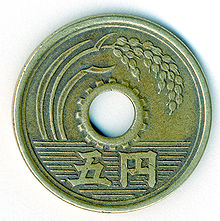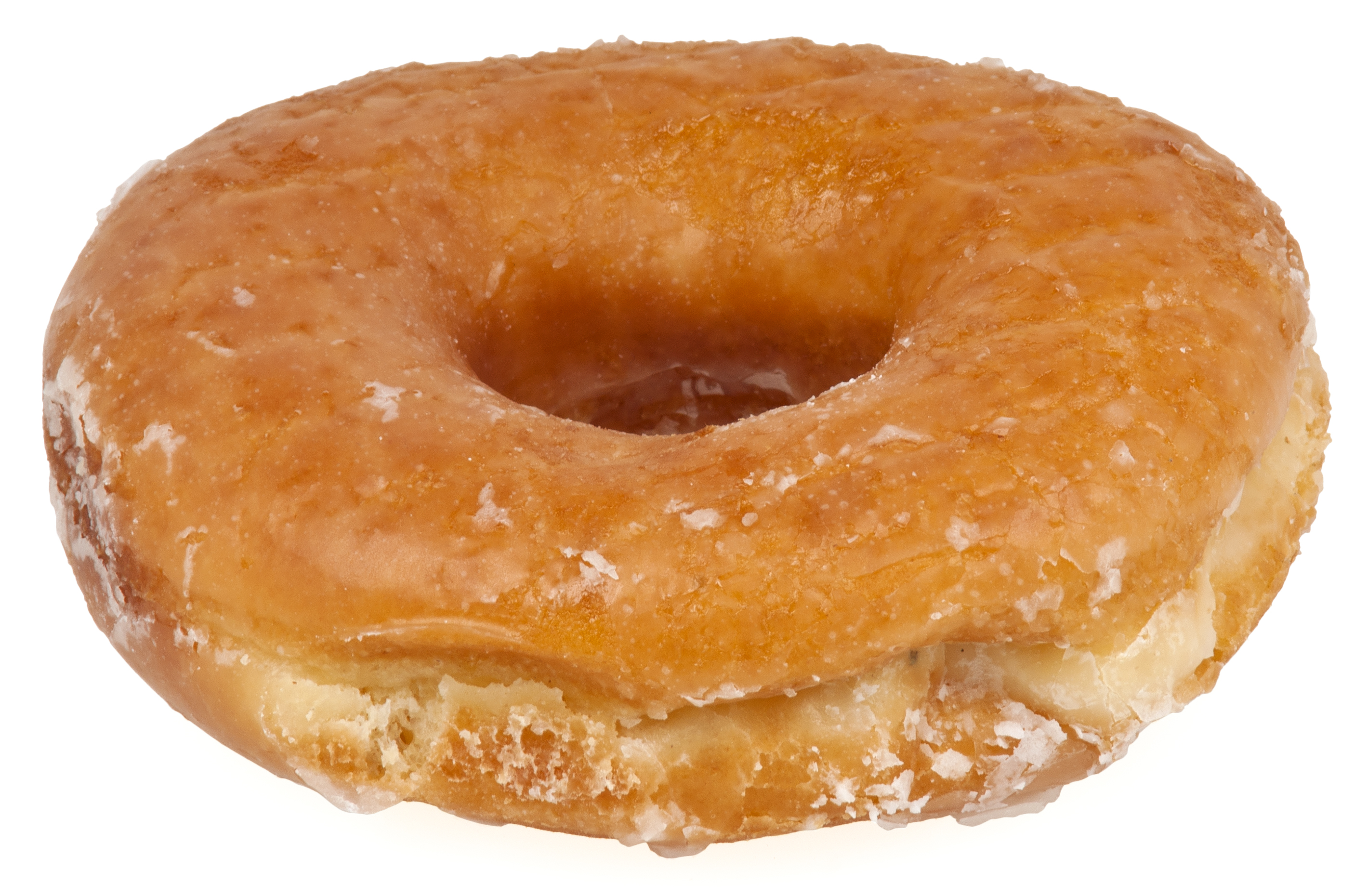HAPPY NATIONAL DONUT DAY!
Yes, my dear readers, in the long annals of days centered around random objects, today--the first Friday of June--is the one which we use to honor the King of All Pastries, Lord of the Deserts, Emperor of Breakfast, and Supreme Ruler of All Snack Foods--the donut!
No food substance has probably had as great an influence upon the history of mankind as the donut. Because of its illustrious history, many questions have risen: "Why is there a hole in the middle?" "How do they get the cream inside the donut?" "Is it spelled doughnut or donut?" Fortunately, as both a History Minor and Former Activities Director for
Judson Society The Society for the Preservation and Promotion of Donuts, I can answer all the above questions. So, strap in and get ready as we take a trip through time, exploring the full history of this delicacy.
 |
| Sorry, it had to be done. |
 |
| Sumerian chariot |
To trace back the history of the donut thoroughly, we must also examine the history of the bagel, as these two originated from the same treat. Recent archaeological excavations have proven the fact that this original pastry came as a result of the development of the wheel approximately four thousand years ago. The ancient Sumerians were so overjoyed to learn that they could now hitch their donkeys and camels and horses up to a cart and haul their items around rather than carrying it on their backs, that they declared a national day of feasting. Archaeologists suggest that this event fell slightly before the summer solstice and was originally observed on the sixth day of the week, which is the reason why millenia later Congress declared Donut Day to fall on the first Friday of June every year. To celebrate the wheel, Sumerian bakers formed dough into the shape of wheels, and sold them to the rich who could afford it. This treat was normally eaten plain, although it could be flavored with honey or various dried berries and fruit. The poor, unlearned in the art of "wheel bread" making, desired to copy this trend among the rich and famous. However, rather than shaping the dough into a wheel, they would cook the bread before punching a hole in it after the process was over. The remains of the center were then fed to swine, dogs, and other unclean creatures.
 |
| The Colosseum |
Through the conquests of the Babylonians and Persians, the recipes for wheel bread began to spread throughout Europe and Asia. However, the trend largely died off in Asia because rice proved too difficult to mold into the proper shape. In Europe, however, the trend managed to catch on. In fact, some historians believe that the Latin
panem et circum does not indeed mean that the Roman government held the masses attention by giving them bread and circuses. Rather, this slogan refers to "bread in the shape of a circle." This treat was distributed during Colosseum events as it was much easier to hold and munch on while watching the gladiators rather than attempting to wolf down an entire loaf. A recently discovered document penned by Plutarch indicates that during one particular event, the Emperor had to remind the people to remove the wheel bread from their thumbs before indicating whether the victorious gladiator should slay his defeated foe as he could not see whether the thumbs were up or down.
However, with the Fall of Rome, the recipes for wheel bread were lost, and a sad time of history began known as the Dark Ages began. People tried to reinvent the recipe, but to no avail. Still the bakers persevered, knowing that somehow, the knowledge must return.
 |
| Kringle |
The Danish were the first to make some headway in the matter, but their "kringle," although properly filled with all varieties of nuts and fruits, proved to be shaped more like an oval and less like a circle (hence the reason for the name "kringle," which kind of looks like the word for "circle," but not really). Nonetheless, they were proud of accomplishing something before anyone else. Sadly, by this time, the Normans had managed to take England back from the Danes, or else it is quite possible that the English would have taken this particular pastry with them when they settled the New World. As it was, the kringle didn't arrive in America until the nineteenth century, and even then, has since remained nearly confined to only a few communities, the leader of which is Racine, Wisconsin.
 |
| Plain bagel |
Despite Denmark's satisfaction with creating something somewhat circle shaped, the rest of Europe remained unsatisfied and continued toiling to reinvent the wheel bread. A major breakthrough in Poland resulted in the wheel bread finally being reborn. No one is entirely sure what "bagel" means in Polish, but most linguists are fairly certain that everyone mispronounces is spectacularly due to the fact the average person doesn't take time to actually bother with Polish pronunciation, which isn't as scary as you think once you get past all the random consonants being smooshed together and the letters that don't sound like they do in English. Some say it means, "We finally reinvented something and can go down in history as significant!" However, immediately after declaring this, they were overrun by an invading army...again. Because the Europeans for many years were seriously obsessed with invading Poland. This time, the invasion was to steal the recipe of the bagel so every country could make their own bagels. However, even after obtaining the recipe, the conquering armies decided to stick around and rule for a while because, hey, who doesn't like ruling another country?
With the recipe of the bagel spreading throughout Europe, new fruits were added, and some people even began to discover the tasty benefits of spreading other items, such as cream cheese and salmon, on top of this treat. Of course, with this information proliferating throughout Europe, eventually, the treat made its way to the American colonies. It first arrived in New York City, where bagels became the latest fashionable food, and have remained so since.
 |
| Pioneers |
However, the bagel was about to take on a new form. After the American Revolution, as part of developing their own culture, Americans had a tendency to desire everything sweeter, everything more fried in grease, everything made unhealthier it had ever been, and the same fate was about to happen to the bagel. And in one little Dutch kitchen in the early 19th century, a woman did just that to keep her husband happy and so "deep fried bagels" were born and soon became a staple at county fairs throughout the growing new country. The original spelling of this treat was "doughnut" because the Europeans thought the Americans must be "nuts" to make such a thing out of "dough." Americans embraced the term and soon began advertising their pastry as such. The term "donut" either developed as the pioneers moved west where spelling was not taught until schools were set up or because pioneer wives frequently had to remind their children, "Do not [which sounded like 'donut' to young ears] touch the hot grease."
 |
| Adoniram and Ann Judson |
Donuts became a favorite of many famous American people. Abraham Lincoln liked to eat a donut as he strolled to the War Department to read the latest telegrams. Pony Express riders liked donuts because they could eat them while they rode at breakneck pace across the prairie delivering the mail. Christian historians even seem to find evidence that Adoniram and Ann Judson made donuts for when the Burmese natives visited their house. Wherever they went, Americans brought the recipe of the donuts with them, espousing the convenience and deliciousness of the treat.
 |
| Japanese 5 yen coin. |
After World War II, servicemen returning from the Pacific brought back with them coins from the countries they had visited. Since many of them had been to countries influenced by Japan, they picked up a lot of Japanese yen coins. Back at this time, donuts cost only a nickel, and once serviceman who had a habit of carrying his Japanese coins around with him, would on occasion accidentally offer his local donut store a Japanese five yen coin, which has a hole in the middle. Usually, upon realizing his mistake, he would return the coin to his pocket, and hand the shopkeeper an American nickel. However, one day, he had no other coins on him, so he just offered up the excuse that donuts have holes in them too, and left the store quickly. This particular event inspired "The Donut Song," which has many variations, one of which is transcribed here:
Oh, I walked around the corner, and I walked around the block,
And I walked right into a donut shop.
Well, I picked up a donut, and I liked off the grease,
And I handed the lady a five cent piece.
Well, she looked at the nickel, and she looked at me,
And she said, "This nickel is no good to me.
There's a hole in the middle, and it goes right through."
I said, "There's a hole in your donut too!
Thanks for the donut!"
"You bet!"
As stated above, for centuries, mankind had for centuries been discarding the middle of the donut to swine and dogs and other poor creatures of the earth. However, one enterprising young businessman decided he could make a profit by selling these donut holes to people. Despite some initial hesitation on the part of the consumers, the trend eventually caught on, and soon donut holes were just as popular as the donuts they came from.
So, next time you sit down for a donut (which, by the way, are free at Dunkin Donuts today with the purchase of any drink and probably completely free at some other establishments), remember all that the donut has gone through in its development and history, and know you are not just eating a pastry. You are partaking of a long and illustrious tradition of culinary work, which men struggled for centuries to reinvent and to present to you. It's more than a snack. It's a legend!
Editor's Note: Katrina has a tendency to occasionally completely make up things when she has no idea what she's talking about. Please do not actually trust her on most of what she says in this article. The only thing you can be certain of is that there are indeed free and cheap donuts floating around America today, so now would be a good time to go and buy one. Or, you know, sometime today. Seriously, go and eat a donut. That's what today is for!








Until I read to the end, I thought the 5 yen coin and "Donut Song" had a correlation... Sounded credible! :-)
ReplyDeleteI came up with that story when I was, like, ten! I just never get to use it anymore because I've not really heard anyone singing it since fifth grade. :)
Delete:-)
Delete